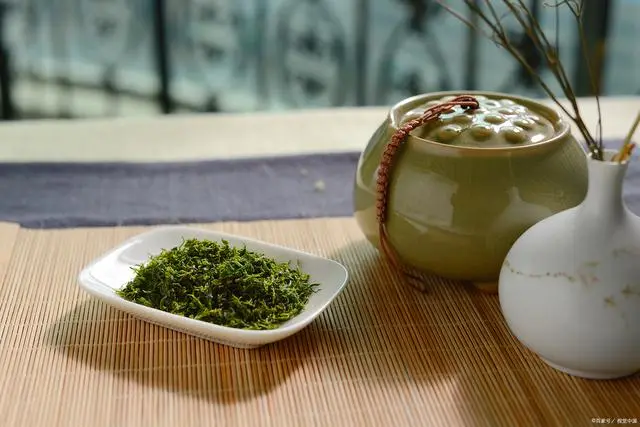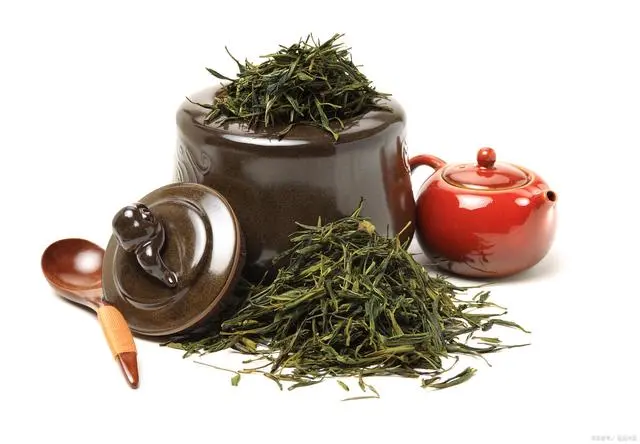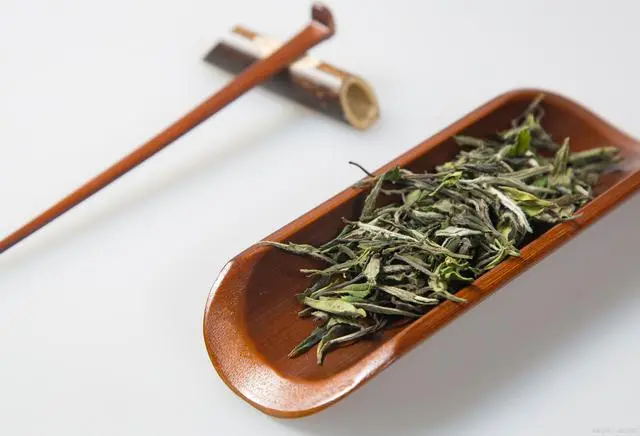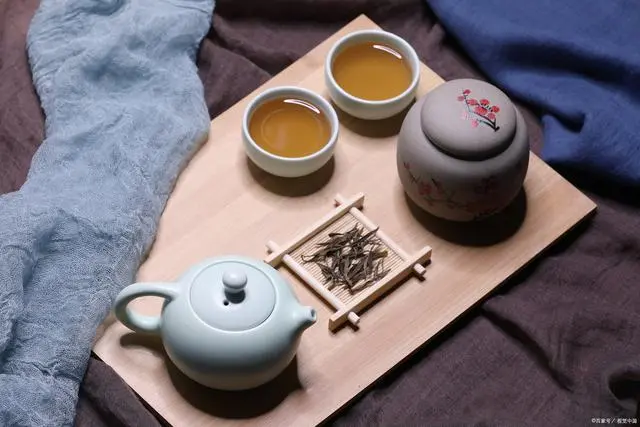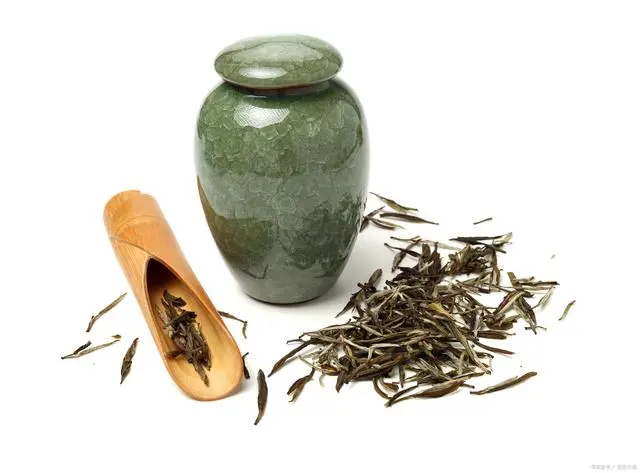In the busy modern life, having a cup of tea has become a way for many people to pursue inner peace and relaxation. As a healthy drink, tea is not only deeply loved by people, but also its preservation and freshness are extremely important. Today, let’s explore some tips for tea preservation to keep your tea always maintaining the best taste and quality.
Tea is a substance that is highly susceptible to moisture, oxidation, and absorbing odors. Therefore, when preserving tea, we need to take corresponding measures based on its characteristics to prevent tea from getting damp, oxidizing, and absorbing foreign odors.
Choose suitable packaging materials
1. Tea cans with good sealing: Tea cans are common containers for preserving tea. Choosing tea cans with good sealing can effectively prevent tea from getting damp and oxidizing. Common tea cans include iron cans, porcelain cans, and tin cans, among which tin cans have the best sealing performance, but the price is relatively high.
2. Vacuum packaging bags: Vacuum packaging bags are a convenient and practical way to package tea, which can effectively isolate the air and extend the shelf life of tea. When purchasing vacuum packaging bags, attention should be paid to choosing products with moderate thickness and good sealing performance.
Correct preservation methods
1. Avoid direct sunlight: Ultraviolet rays in sunlight can accelerate the oxidation process of tea, resulting in a decline in tea quality. Therefore, when preserving tea, it should be placed in a cool, dry, and ventilated place to avoid direct sunlight.
2. Avoid high-temperature environments: High-temperature environments will accelerate the oxidation of tea and reduce its quality. Therefore, when preserving tea, it should be avoided to be placed near heat sources, such as heaters and stoves.
3. Avoid odor contamination: Tea has a strong adsorption property and is prone to absorbing odors from the surrounding environment. Therefore, when preserving tea, it should be avoided to be placed together with items with strong odors, such as mothballs, perfumes, etc.
Tea preservation skills
1. Regular inspection: To maintain the quality of tea, we need to regularly inspect the preservation status of tea. If the tea is found to be damp, discolored or have an abnormal smell, measures should be taken in time for treatment.
2. Timely re-baking: For tea that has been stored for a long time, re-baking treatment can be carried out in a timely manner to remove the moisture and odor in the tea and restore its original aroma and taste. During re-baking, the tea can be put into a dry pot and slowly baked over low heat until it is slightly warm.
3. Purchase in small quantities and frequently: To avoid the decline in quality caused by long-term storage of tea, we can adopt the method of purchasing in small quantities and frequently to ensure the freshness of the tea as much as possible.
Different types of tea preservation methods
1. Green tea: Green tea is an unfermented tea, and its quality is easily affected by temperature, humidity and oxygen. Therefore, when preserving green tea, special attention should be paid to sealing and moisture resistance. Green tea can be put into a tea can with good sealing, and then placed in a cool, dry and ventilated place.
2. Black tea: Black tea is a fully fermented tea and its quality is relatively stable. When preserving black tea, just pay attention to moisture-proof and odor-proof. Black tea can be put into a porcelain or tin can and then placed in a dry and ventilated place.
3. Oolong tea: Oolong tea is a semi-fermented tea, and its quality is between green tea and black tea. When preserving oolong tea, in addition to paying attention to moisture-proof and odor-proof, it is also necessary to avoid direct sunlight and high-temperature environments. Oolong tea can be put into a tea can with good sealing, and then placed in a cool, dry and ventilated place.
4. Pu’er tea: Pu’er tea is a post-fermented tea, and its quality improves with the increase of storage time. When preserving Pu’er tea, attention should be paid to ventilation and avoiding odor contamination. Pu’er tea can be put into paper bags or bamboo baskets and then placed in a ventilated and dry place.
Through the above introduction, it is not difficult for us to find that the preservation and freshness of tea is not a difficult task. As long as we understand its characteristics, choose suitable packaging materials, master the correct preservation methods and freshness skills, we can always keep the tea with the best taste and quality. Let’s learn how to care for this gift from nature while savoring the fragrant tea.


